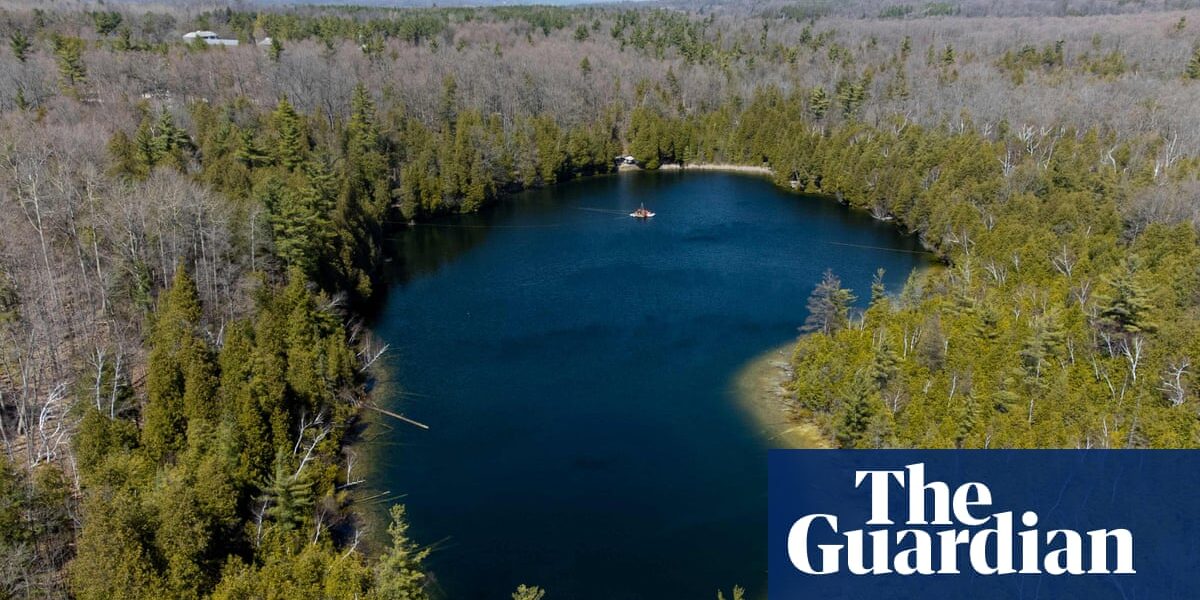The debate over whether to officially declare the Anthropocene an epoch turns into a fierce controversy.

The attempt to classify the Anthropocene as an established geological time period has turned into a heated dispute, as the legitimacy of a leaked vote that potentially rejected the proposal has been brought into question.
Advocates for this concept have spent 15 years developing the plan. They argue that it would acknowledge the undeniable and permanent alterations that human actions have caused to the Earth. This would signify the conclusion of the Holocene era, a period of approximately 11,700 years characterized by a stable global climate that was crucial for the growth of human society.
Critics state that pinpointing a specific date as the beginning of the human age ignores the fact that humans have been causing changes to the environment for a long time, such as through activities like farming.
The proposal set the start date of the Anthropocene in 1952, marked by the worldwide fallout of plutonium from nuclear weapons’ tests. A new epoch also requires a specific location to represent the change and the sediments collected in a sinkhole lake in Canada were selected in July.
Unfortunately, the plan was rejected by 12 members of a geological group called the Subcommission on Quaternary Stratigraphy (SQS) in February, according to a New York Times report. The chair of the SQS then questioned the legitimacy of the vote and asked for an investigation into the situation.
It seems unlikely that the Anthropocene will be officially recognized, as the leader of the International Commission on Stratigraphy, responsible for the SQS, stated to Nature magazine that the suggestion “cannot be taken any further.”
If the vote is confirmed, a new proposal could be submitted. Either way, the concept of the Anthropocene is already widely used to describe the planet-altering impact of humanity.
Another idea is to designate the Anthropocene as a geological “event”. These types of occurrences occur over a period of time, are not included in the official geological timeline, and do not require approval from a committee. Examples of events include mass extinctions and the oxygenation of the atmosphere 2 billion years ago.
According to Professor Mike Walker, a member of the Society for Quaternary Studies and a faculty member at the University of Wales, Trinity Saint David, human activity has had a profound and lasting impact on the planet throughout its geological history. Failing to acknowledge this impact means disregarding its true and significant effects on our world.
However, the SQS chair, Prof Jan Zalasiewicz, from the University of Leicester, said: “The alleged voting has been performed in contravention of ICS statutes. Violation of the statutory rules included those about the eligibility to vote and other vital rules for securing a due scientific process. The [leak] has exposed the SQS, and by default its parent scientific bodies, to a considerable potential for reputational damage.”
Zalasiewicz, with the backing of a SQS vice-chair, stated that he had asked for an investigation that would involve implementing a process to negate the alleged vote.
Philip Gibbard, a member of SQS from the University of Cambridge, explained to Nature that the main issue with the annulment challenge was a disagreement over the starting date for the voting process, which the rest of the committee wanted to proceed with on 1 February. He added, “There seems to be a lot of resentment causing this controversy.”
Professor Colin Waters, head of the group responsible for the Anthropocene proposal, stated to the Guardian: “Regardless of the outcome of the vote, our group fully supports our proposal, which indisputably showed that the Earth’s system has moved beyond the relatively steady interglacial state of the Holocene and that these changes cannot be reversed.”
Waters stated that Anthropocene layers are different from Holocene layers. They can be identified by over 100 long-lasting sedimentary indicators such as human-made radioactive elements, tiny plastic particles, burnt coal particles, and leftover pesticide chemicals. These indicators demonstrate significant spikes in the mid-20th century.
According to the speaker, the importance and scale of the Anthropocene warrants its inclusion on the geological timescale, despite its relatively short existence. They also mentioned the possibility of future reconsideration and justification for this proposal.
Source: theguardian.com


